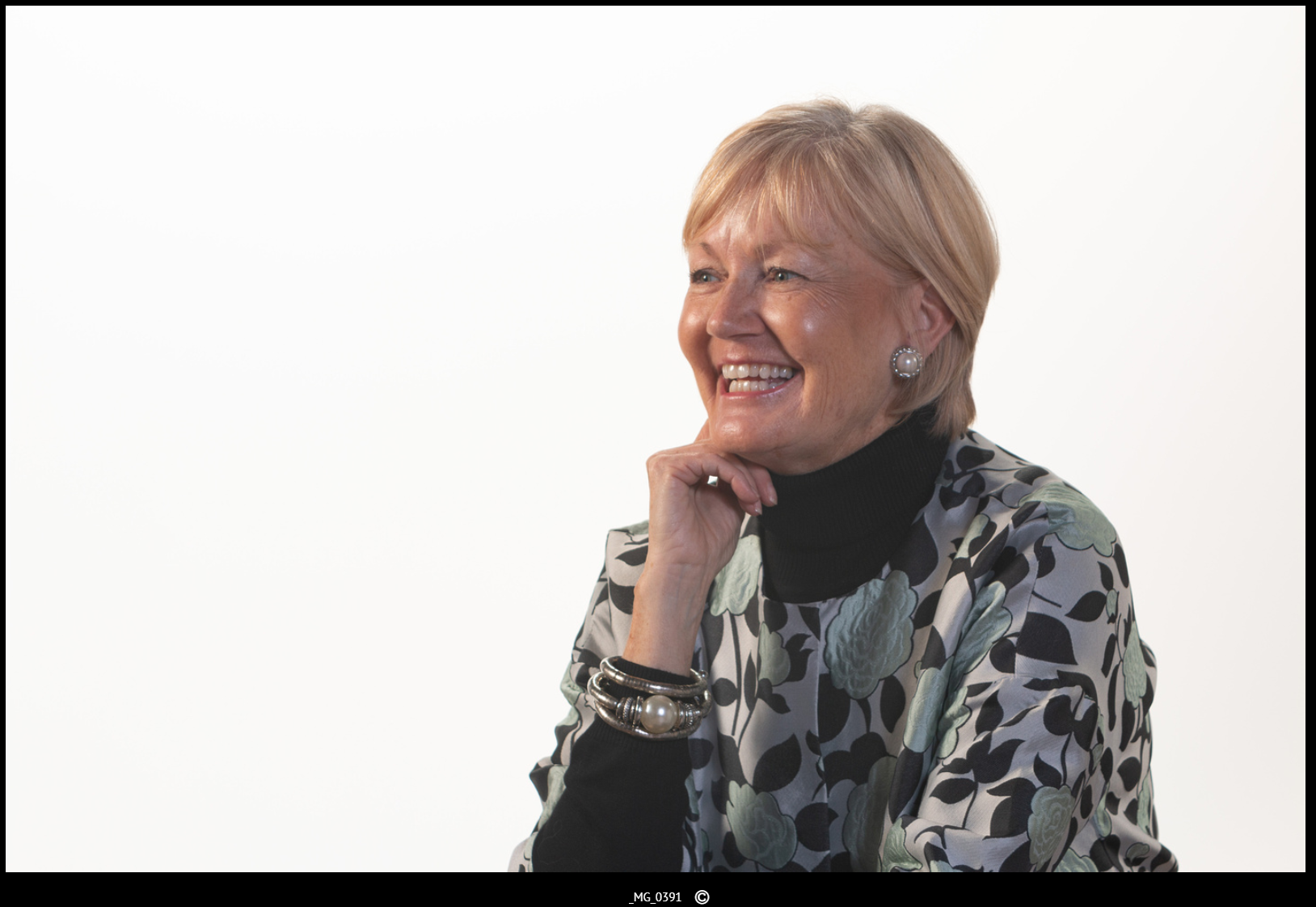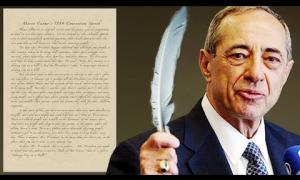Rhetorical Recap: Kamala Harris’s Presidential Announcement Speech
January 28, 2019
Speech helps put her at the head of the pack, but not decisively.
Kamala Harris enjoys campaigning.
She laughed frequently and heartily during her thirty-five minute announcement address. She basked in the cheers that arose after she stated that “we have foreign powers infecting the White House like malware.” (“Malware” gets a big crowd reaction? Gotta be the Bay Area.) The cheers lingered. Harris’s smile ripened into a grin and then a full cackle of delight. Her laughter also punctuated a video of her musical playlist released earlier in the week.
Kamala Harris also displayed fierceness. She wagged her finger. Her voice crisped with indignation. The placard on her lectern asked viewers to text “Fearless.” This trait recurred by design in two speech sections devoted to the recasting of what she regards as wrong terminology indicative of wrong policy. In a “That’s not our America” segment, she assailed the prime mover behind the forced separation of border-crossing children:
Don’t you dare call that border security! It is a human rights abuse!
A “Let’s speak the truth” segment ran similarly. Each punch line was greeted with percussion, first the banging of a drum, then the blowing of a whistle. Construct your own metaphorical interpretations. At one point she quoted Bob Marley without naming him: “Get up, stand up, don’t give up the fight.” Then giggled.
The combination of laughter and fierceness reminded me of the “Happy Warrior” moniker bestowed on Al Smith by FDR and later embraced by Hubert Humphrey. Both men won the Democratic nomination but lost the presidency, to Herbert Hoover (1928) and Richard Nixon (1968) respectively. Neither of those victors counted a joyful demeanor among his political assets. Nor does Donald Trump, who is quick with the cutting jape but whom I have never seen or heard laugh. Being a Happy Warrior is thus not an augury of triumph. But it is a distinctive leadership style, one that has been attributed to Winston Churchill and Ronald Reagan as well as Smith and Humphrey.
Harris followed the standard formula of announcement speeches except she did not bring out her husband or sister. She did not mention the just-ended shutdown, a missed opportunity to be the first 2020 candidate to refer to it in a major address; it suited both a call for a better America and a speaking of truth.
A ten-minute closing section enunciated campaign issue positions and included a pledge to “speak with decency and moral clarity and treat all people with dignity and respect.”
That would have come off as sanctimonious and superfluous in some circumstances, but in this time it carried forward the contrast with the president who went unnamed. Harris alertly protected herself against charges of hypocrisy to come by prefacing her pledge with the admission that she was not perfect.
The California Senator positioned herself as a progressive. She spent more time talking about criminal justice reform than any other issue. This was to be expected given her pre-Senatorial career (San Francisco District Attorney, California Attorney General) and her mixed-race heritage. Her slogan, “For the People,” she pointed out, referred to her “main client” then and now. “I knew [from the start of her public life] I wanted to protect people….No one should be left to fight alone.” Harris is fortunate to have been criticized at the outset of her campaign from the left on her prosecutorial record; it pushes back against the idea that she is too extreme to win without her having to claim as much.
Harris integrated her messages and appearances into a week-long rollout sequence. Monday’s video, timed for MLK Jr. Day, invited people to Sunday’s speech, timed for a day off from work. In between there was a visit to her alma mater Howard University and a black sorority at a college in early primary state South Carolina, the musical video, thousands of targeted Facebook ads, and a geyser of artfully cultivated and thoroughly publicized small donations.
Finally, it should be noted that for the moment the Democratic field of declared and de facto candidates has more women (Warren, Gillibrand, Gabbard as well as Harris) than men (Delaney, Castro, Buttigieg). This confirms Hillary Clinton’s symbolic breaking of the glass ceiling when she accepted the 2016 nomination. Harris, running a history-conscious campaign, has adopted the typographical font and red and yellow campaign palette of Shirley Chisholm, the first black woman to be elected to Congress (in 1968), and the first black American to make a serious run at the office in 1972.
We’ll soon see what the commentariat, the mega-donors, the party officials, and the horse race polls have to say about the Harris bid. To my eyes and ears she leads the pack, although not enough to warrant the “front-runner” label.




